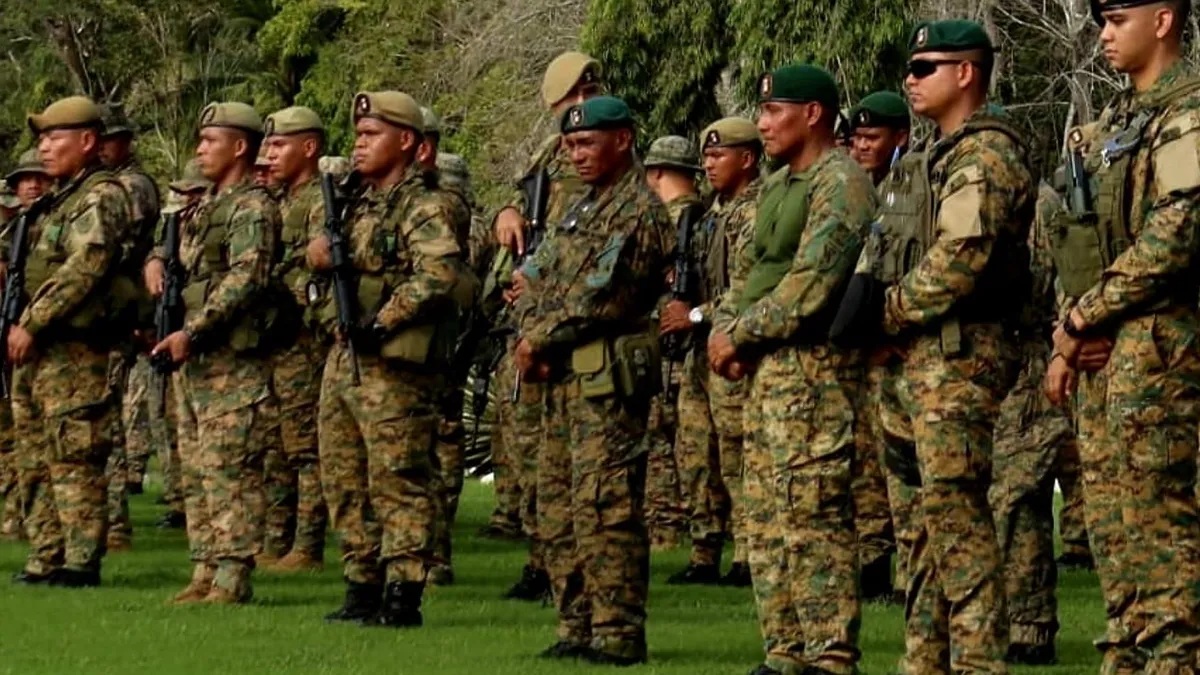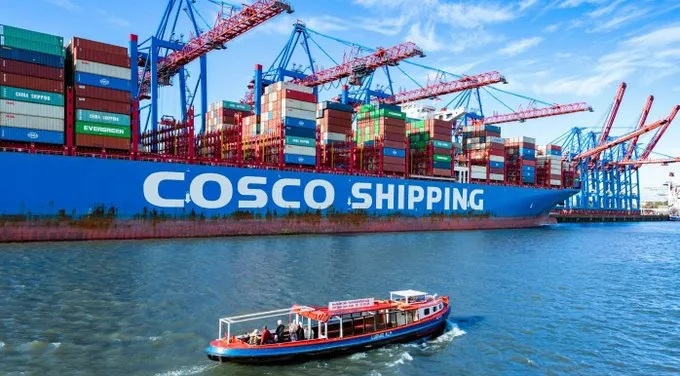Trump, Tariffs and Panama’s Foreign Trade

Panama City, Panama: The arrival of Donald Trump to the White House in the United States in January, represents the opening of a panorama of both opportunities and challenges for Panama in terms of its foreign trade in goods. On the one hand, Trump has indicated that he will be resorting to tariffs to — according to him — settle the United States trade accounts with other countries and economic blocs, in particular, the People’s Republic of China and the European Union. Trump suggested that he is contemplating a base tariff of between 10% and 20% on the entry of products to the United States, a rate that for China could be raised to between 40% and 60%.
An environment of rising tariffs—the tax that some products must pay to enter a country — is unfavorable for Panama, both because of its impact on the returns generated by the Canal and the logistics sector, as well as because of the increase in the price of goods that usually follows. For example, trade tensions between the United States and China could put pressure on the trans-Pacific route that connects the production centers of Asia — in China, Japan and South Korea — with the Atlantic coast of the United States, moving everything from cars and electronics to clothing. The Panama Canal is a key part of this route and a trade decline would increase the possibility of lower incomes.
On the other hand, Trump has been characterized by having a transactional attitude – his first book, published in 1987, was called The Art of Deal – and the president-elect has shown himself willing to renegotiate trade agreements that other administrations had no interest in reviewing, such as the North American Free Trade Agreement, signed in 1994. It was replaced in 2020, during Trump’s first presidency, by the United States-Canada-Mexico Agreement. Such an attitude opens the door to the possibility of effective diplomacy by Panama to review its trade relationship with the United States and even to have fresh discussions on expanding the Trade Promotion Treaty, signed in 2007 between the two countries. It entered into force in 2012.
The value of exports from Panama to the United States under the treaty has increased since it came into force, rising from $51,000 in 2013 to nearly five million in 2017 and more than nine million at the end of last year. And the increase was also seen in the other direction: in 2013, the first full year of the Trade Promotion Agreement with the United States, Panama imported —specifically under this agreement — a value in dollars of $587 million. By 2022, the value of imports under the agreement almost doubled, exceeding one billion dollars. However, these figures must be seen in the light of the general figures for foreign trade between the two countries, including trade that does not fall under the parameters of the treaty. For reference, the value of total imports from the United States to Panama in 2012—both overall and under the treaty—was nearly $3 billion, a level around which it has remained since then. It fell due to the pandemic, but recovered robustly in 2022. In contrast, the value of exports from Panama to the United States — in general — fell from $160 million in 2012 to $121 million in 2022. A potential trade conversation between Panama and the United States under Trump’s new leadership would necessarily include multiple topics. Perhaps of greatest interest would be Panama’s participation in U.S. nearshoring efforts — bringing production historically shifted from China to American allies — particularly through Panama’s inclusion in the semiconductor and electronic component supply chain. Another necessary issue would be the continent’s energy security and the distribution of American liquefied natural gas there, in the face of growing geopolitical turbulence at the international level.
However, before being able to develop any trade talks with the United States, Panama will have to define precisely what its foreign trade policy for goods will be for the next decade, in which areas it wishes to specialize and how it will achieve the efficiencies necessary to have competitive production. For reference, imports of goods from the United States to Panama in 2023 were worth $2.7 billion, while from China they were worth $1.762 billion and from Mexico they were $625 million, being the three countries from which the most was imported to Panama. In contrast, the country to which Panama exported the most in 2023 was China, with a value of $1,316 million in exports. It was followed by Japan with $442 million and South Korea with $233 million. The United States is the sixth country in the export table, with $148 million. And after all, what does Panama import and export? In 2023, Panama’s top three exports — by value, not weight — were copper for $2.469 billion, bananas for $148 million and fish for $129 million. That same year, Panama’s three main imports — by value — were fuel and oils for cars and machinery for $2,694 million, medicines for $640 million and corn for $160 million.





